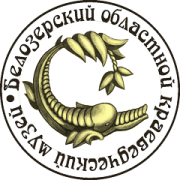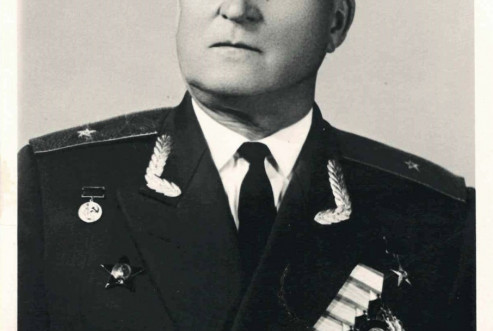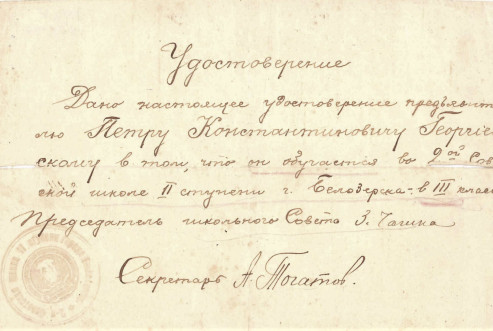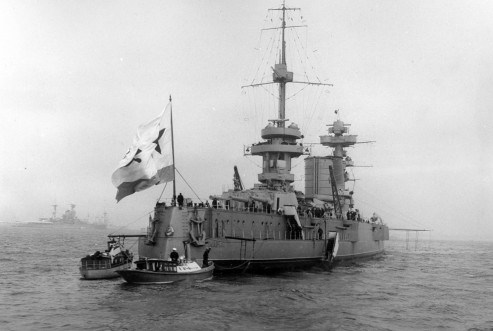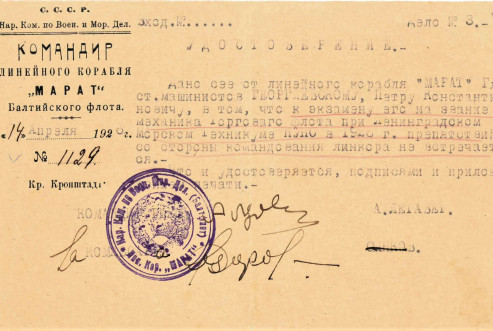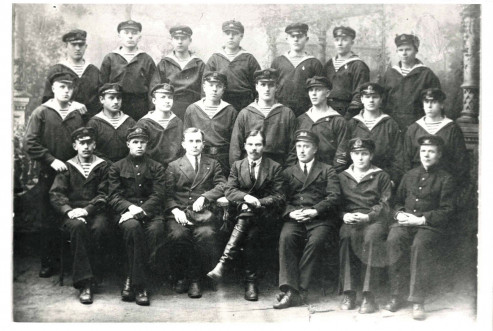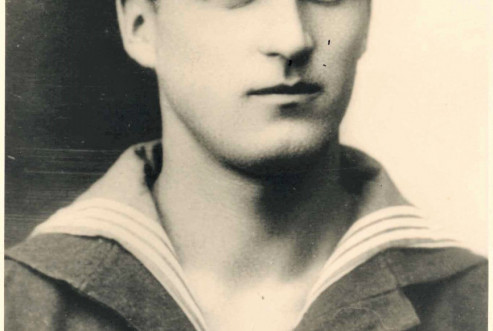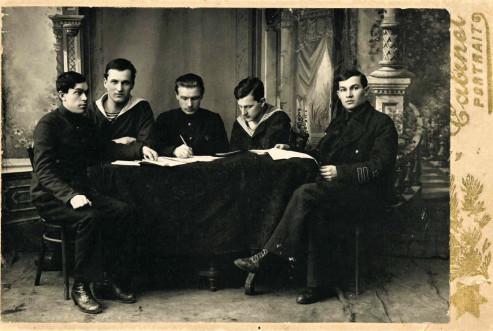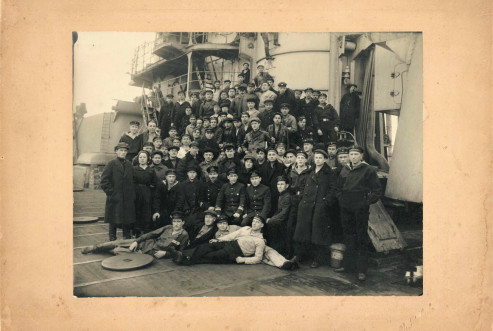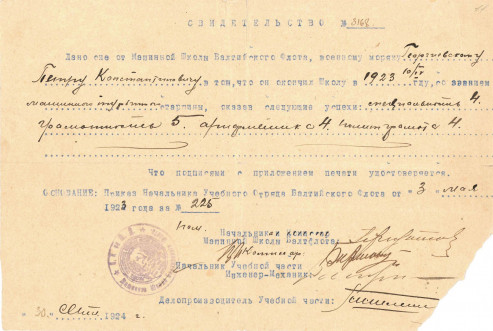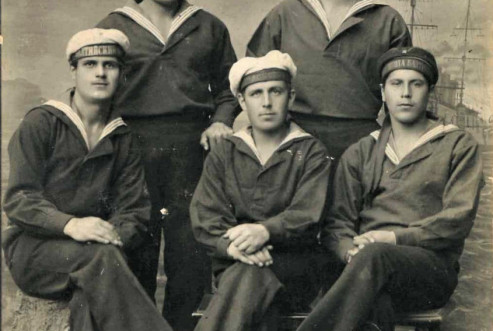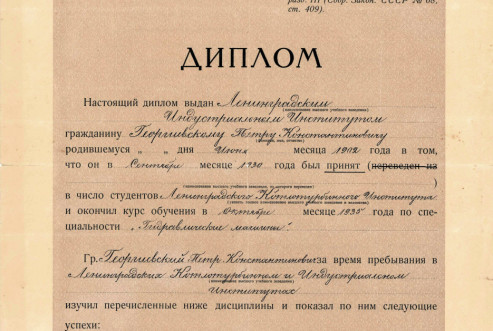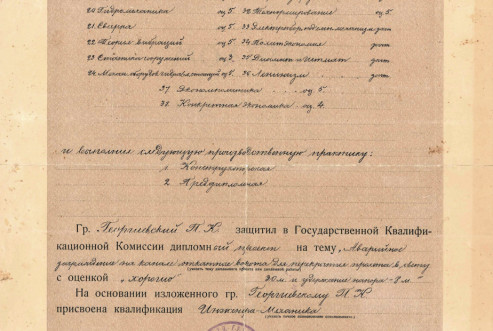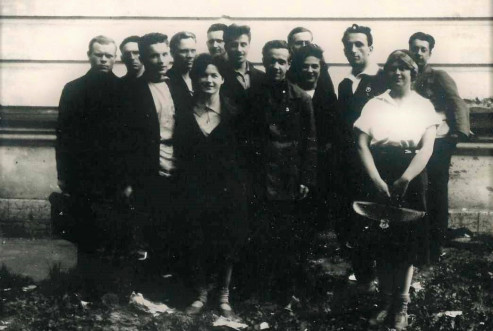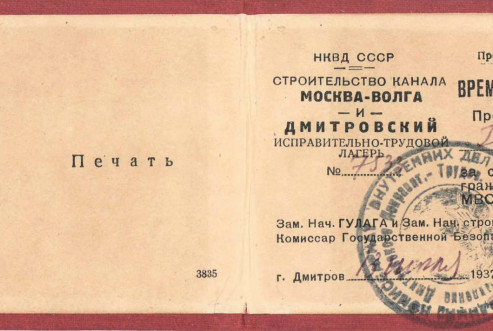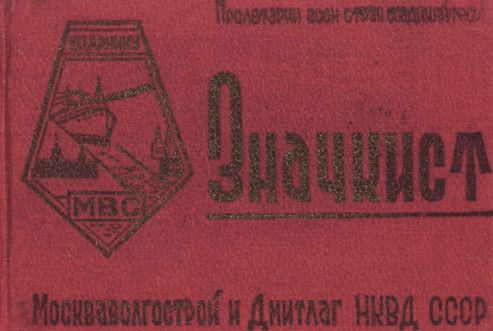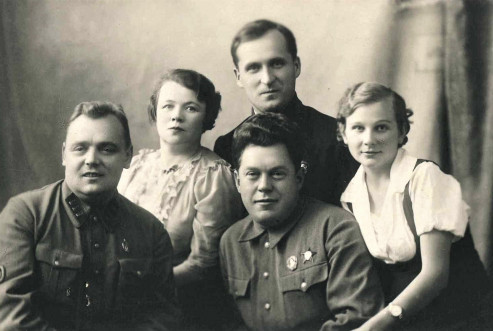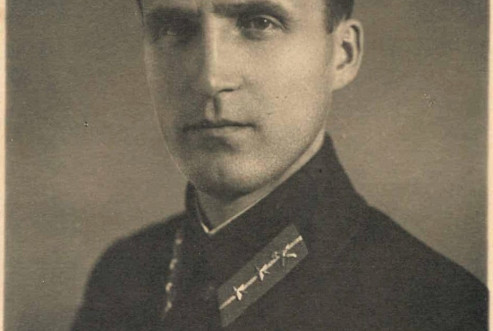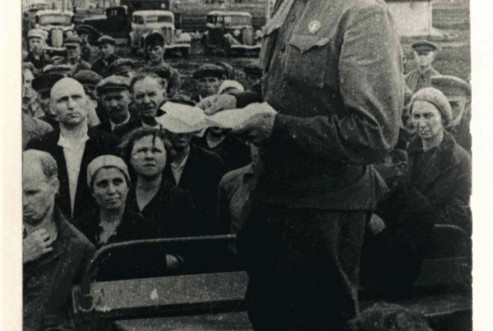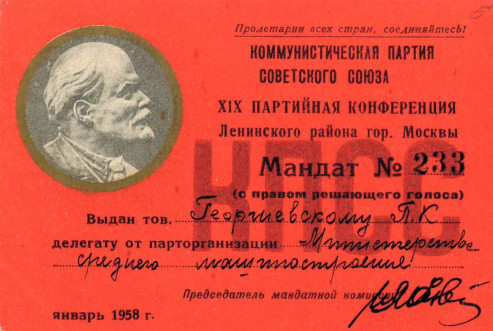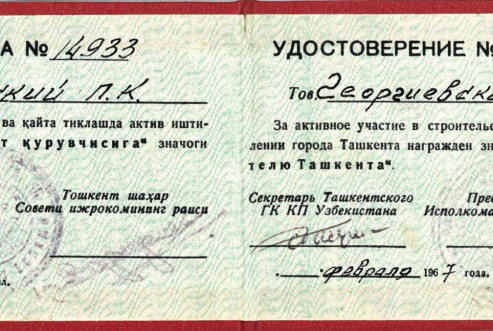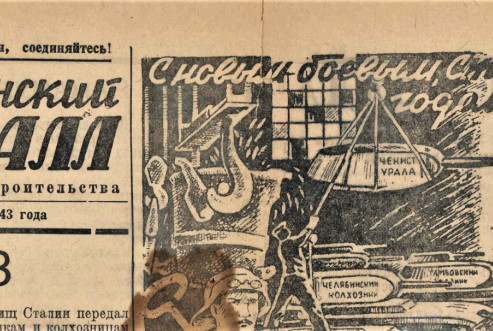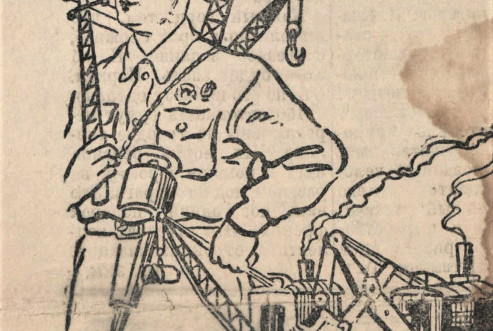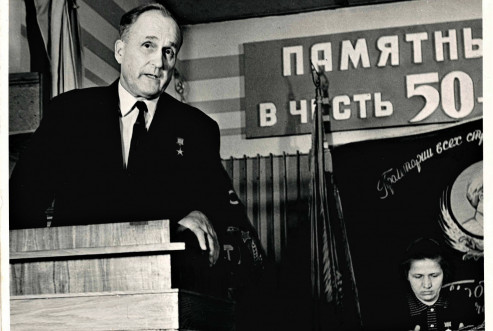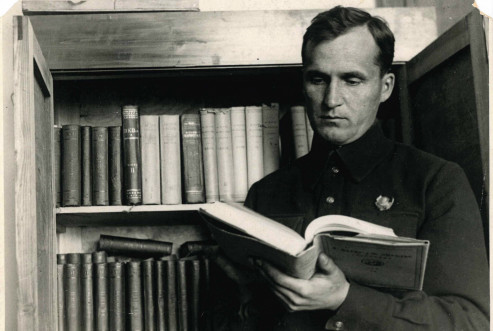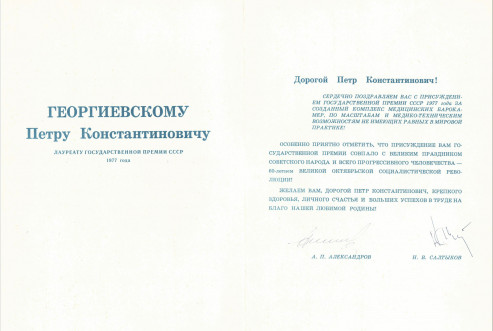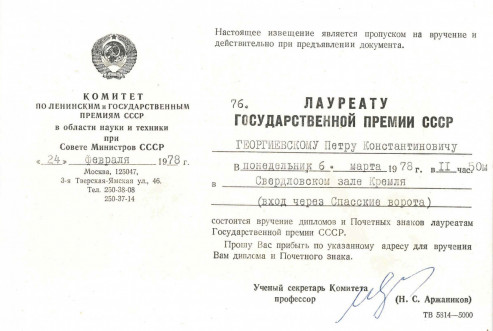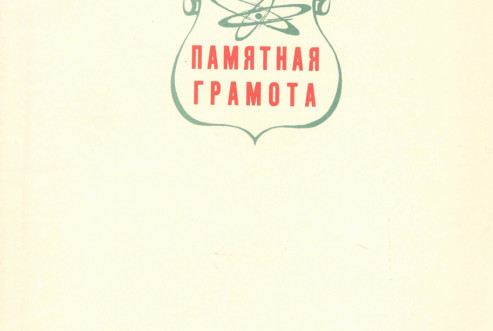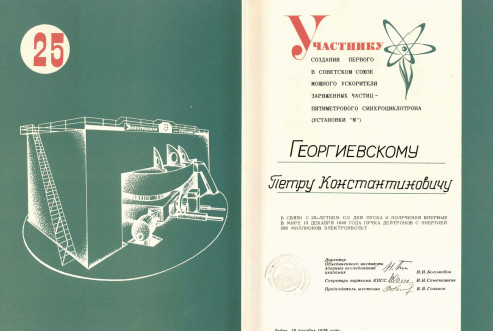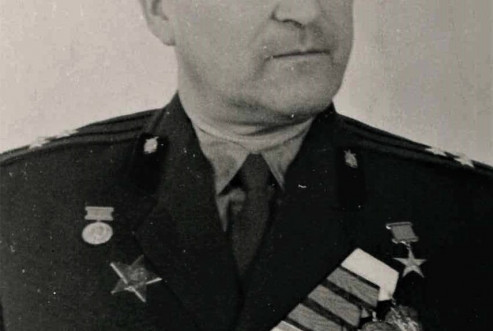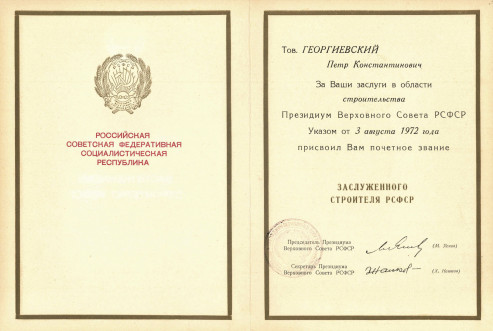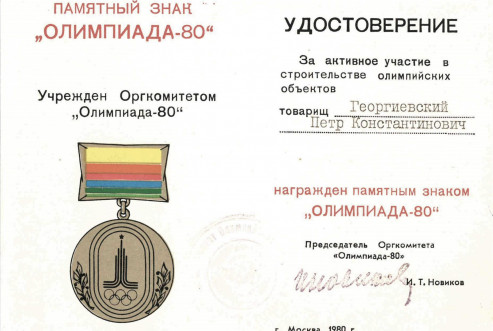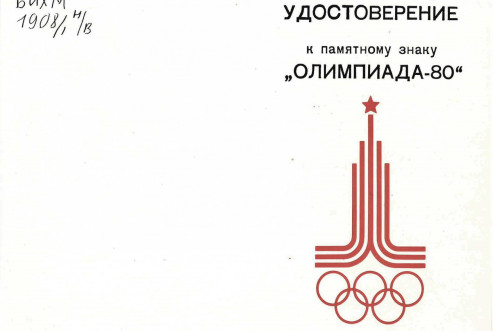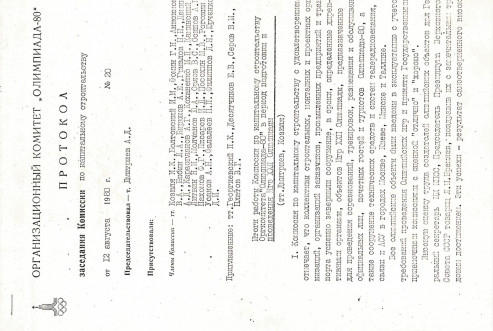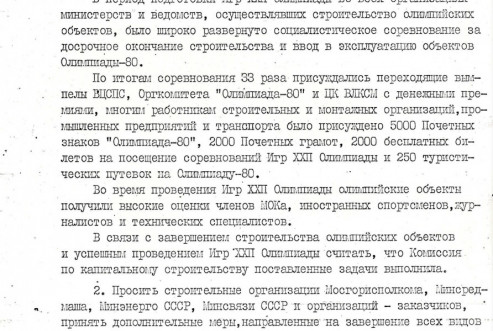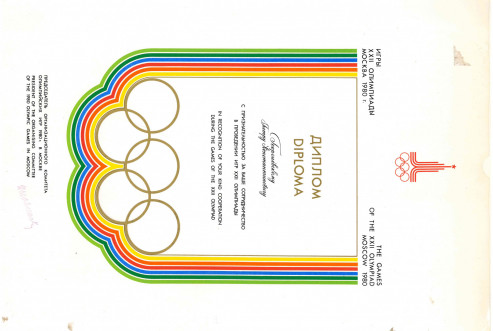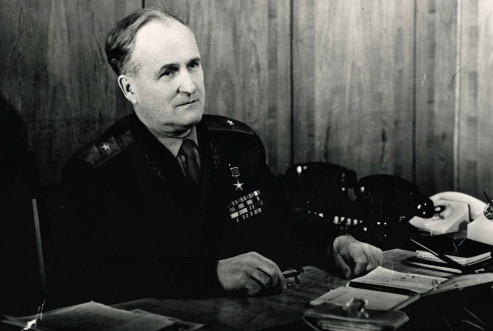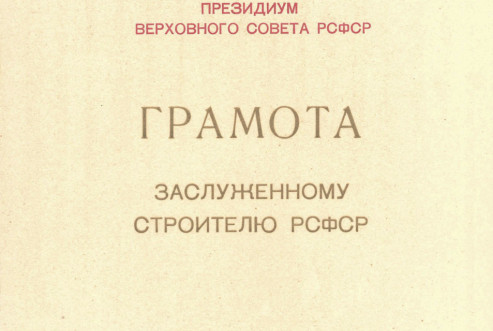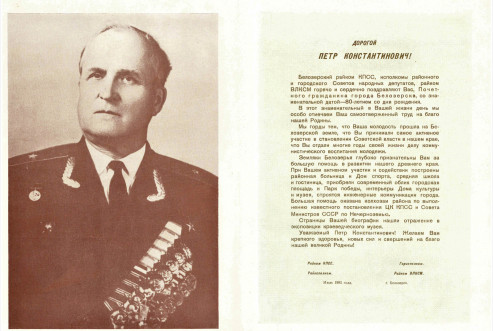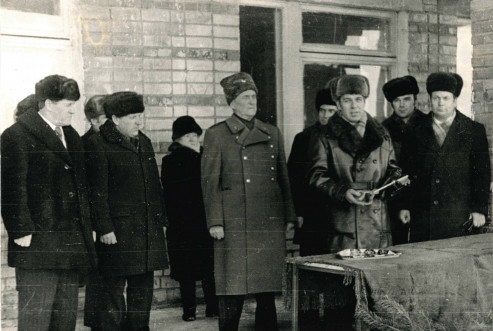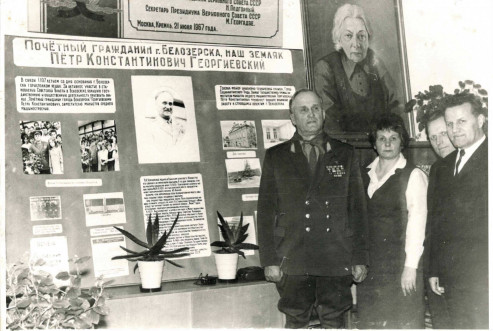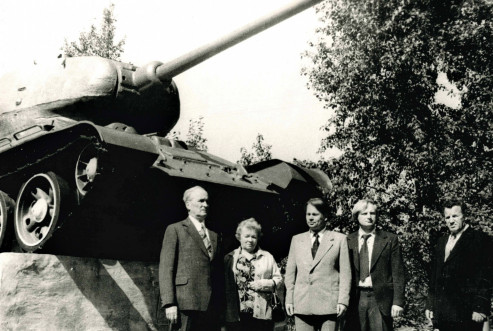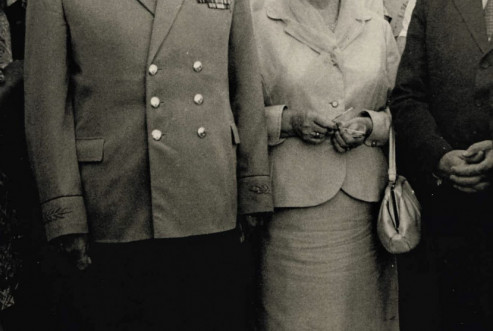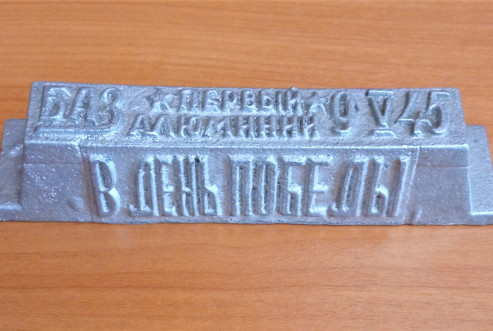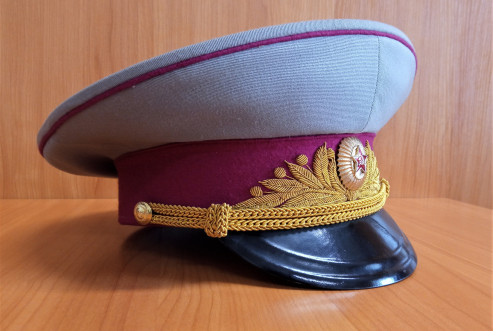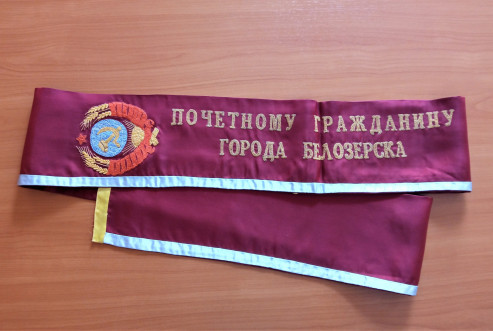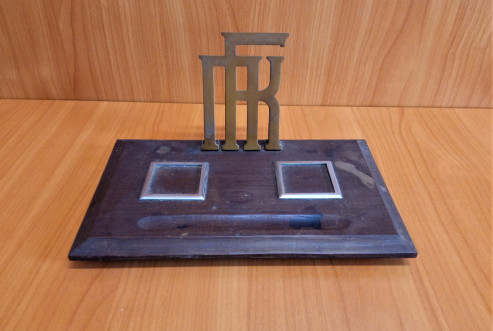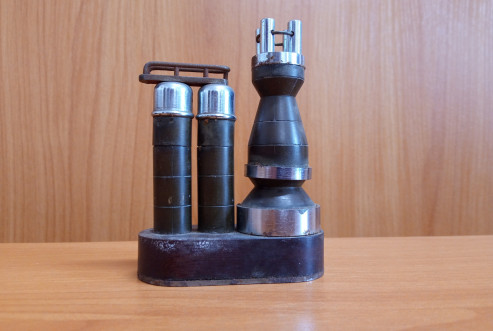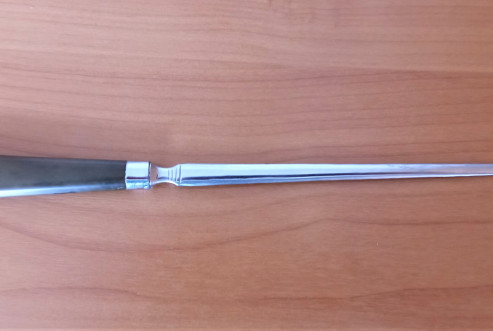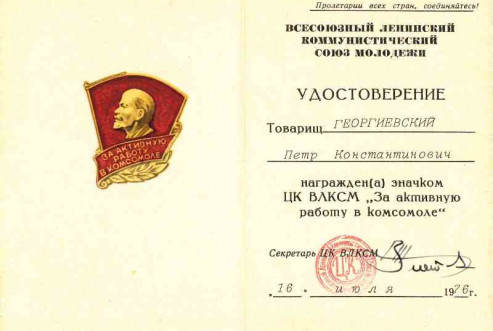Our Fellow Townsman Petr Georgievsky
In July 2022, Belozersk celebrates the 120th anniversary of our fellow townsman Petr Georgievsky.
Petr Georgievsky was a Soviet political party and public official, Major General of Engineering Corps, Hero of Socialist Labor, winner of the Stalin Prize, 3rd degree, USSR State Prize winner, Honored Builder of the RSFSR. He was awarded three Orders of Lenin, four Orders of the Red Banner of Labor, the Red Banner, Red Star and Badge of Honor Orders, Valorous Labor in the Great Patriotic War 1941-1945 and Labor Veteran medals. (Photo 1).
Petr Georgievsky was born in Zarobozeriye, Belozersk district, on July 3, 1902. He started his labor activities at the age of 14 as a timber stockpiling and rafting worker. In 1918, Petr graduated from the regular Soviet school in Belozersk and took service in a local land committee. In 1919, he took training courses in the Petrograd military region and defended this city afterwards. In 1919, Petr Georgievsky joined the Russian Communist Party. After entering civil life in 1920, the young communist came back to Belozersk where he organized the Young Communist League (Komsomol) and was elected Secretary of its local committee. (Photo 2).
In 1921, dozens of young communists went to restore the fleet following a Komsomol call. Petr Georgievsky also made a request to send him to the Baltic fleet. He was sent to a machinery school to join a team of senior turbine operators. Having graduated from it, our fellow townsman served on the Marat battle ship. Marat is a battle ship of the Russian and Soviet Baltic fleet. It took part in the First World War, Civil War, Soviet-Finnish War and the Great Patriotic War to defend Leningrad. Over 3 years of his service on the Marat ship, Petr made his way from a common turbine operator to a marine engineer, was chairman of the Komsomol team on this ship and a member of the Communist Party organization bureau. (Photo 3 - 10).
In 1926, Petr Georgievsky began studying at the evening workers’ school of the Electrical Engineering Institute in Leningrad as recommended by the force command and worked at the Krasnaya Vagranka factory. In 1929, Petr was elected its Deputy Director. Following the decision of the District Party Committee, Petr Georgievsky was sent to the Leningrad Polytechnic Institute, Power Engineering Department, in 1931. After graduating from it, he became an engineer. (Photo 11 - 13).
In 1935, he was sent to build the Moscow – Volga canal. In June 1936, he was appointed as Plant Director and later as Head of the Mechanical Operations Department, Construction Administration, when construction of the hydraulic power system in Kuibyshev began in 1937. (Photo 14 - 16).
In the late 1930s, it became clear that the threat of invading the USSR was real. The government set a task to produce more aircrafts. In September 1940, aircraft construction plants appeared near the city of Kuibyshev. Petr Georgievsky managed the construction process holding position of Deputy Chief Engineer of the Critical Construction Department. Huge plant buildings grew in the plain in a little more than a year. In October 1941, equipment was accepted from aircraft plants evacuated from the frontline zone. The first battleplane IL-2 was manufactured on December 10, 1941. By the end of January 1942, the plants produced seven aircrafts per day. In January 1942, Petr Georgievsky was transferred to Chelyabinsk where he worked as Deputy Chief Engineer of the Construction Department. His name is associated with launching of steel making plants in Chelyabinsk. One of them adopted the production of tank armor. Thanks to the improved steel quality, it was not necessary to increase the T-34 tank armor thickness. As a result, this military vehicle was high-speed and manoeuvrable. (Photo 17 - 18).
When the war ended, Petr worked in the Nuclear Engineering Ministry, actively designed and built the first nuclear electric power plant in Obninsk and other cities. (Photo 19 - 25).
Petr Georgievsky finished his employment activities as First Deputy Minister of the Nuclear Engineering Ministry with his military rank as Major General of Engineering Corps. (Photo 26 - 31).
In 1980, Petr was involved in construction of facilities for the Olympic Games which were held in Moscow in 1980. (Photo 32 - 37).
Although Petr Georgievsky was a very busy man, he never forgot his hometown and often visited Belozersk. In 1969, when the town celebrated its 1107th anniversary, he was awarded the title of Honored Citizen of Belozersk. Receiving the band, Petr said: “The honored citizen title does not just adorn a human. It is also a big responsibility to my hometown and my fellow townsmen. This title entrusts me with serious obligations. So, let’s develop and improve our ancient Belozersk all together…”.
Petr Georgievsky did not forget his words. Very soon such facilities as the Palace of Sports, school, hospital, hotel, sewage system, new apartment blocks appeared in the town. The Palace of Culture showed off its new interior. The Victory Park appeared. The Museum of Local Lore was opened. He also provided machinery for the housing and utility company and did a lot of other things. (Photo 38 - 43).
The canal embankment was named after Petr Georgievsky to the memory of this wonderful man. In 1987, a museum was opened to demonstrate his belongings, documents, pictures, diplomas, souvenirs from different construction sites throughout the country. The bust of Petr Georgievsky was installed in the kids’ park to demonstrate how grateful citizens of Belozersk commemorate and respect him. (Photo 44 - 49).
